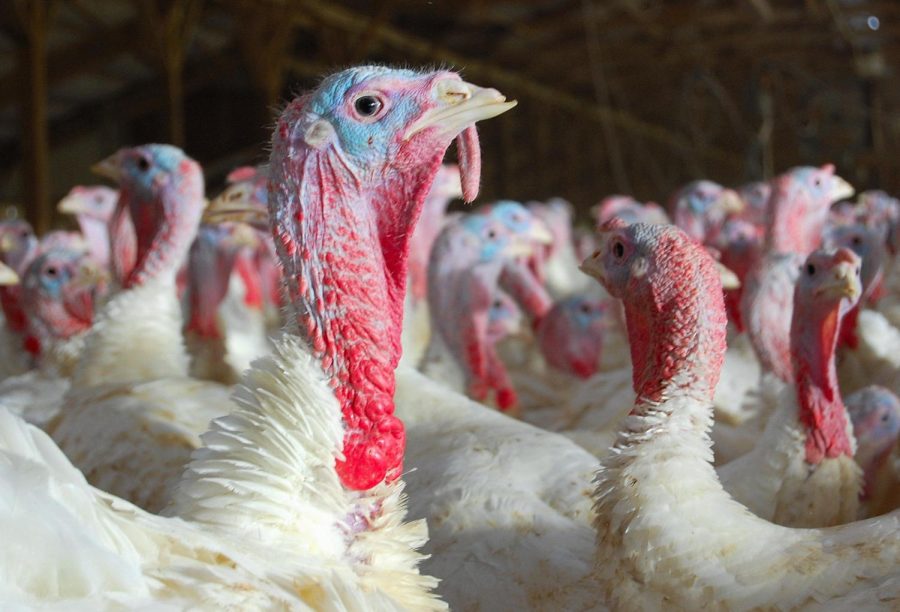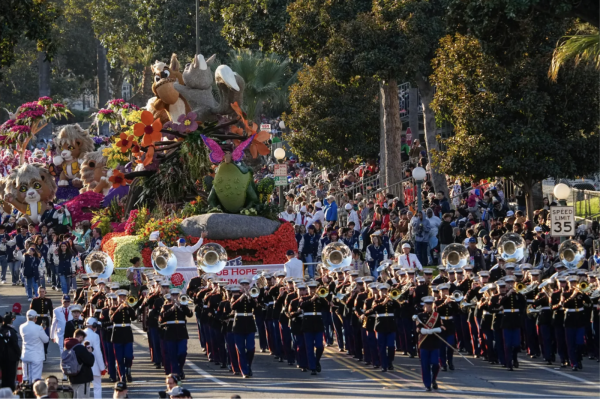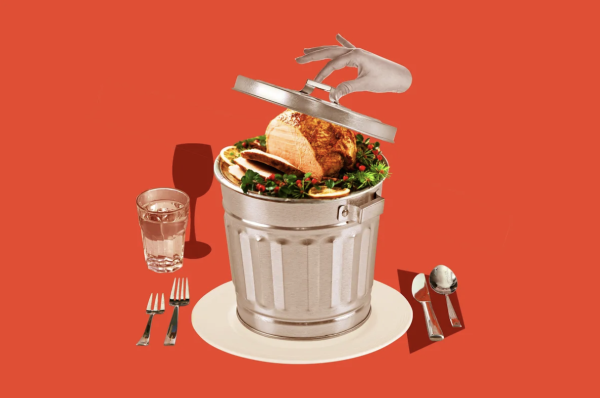Spread of New Avian Flu Strain
Photo courtesy Aaron Putze
Ellworth Turkeys
In April of 2022, the CDC reported the first case of avian influenza (H5 bird flu) in a human. This new strain of bird flu has spread across the country, infecting poultry in 42 states and with waterfowl cases in four more. With farmers culling flocks to slow infections and concerns over endangered bird species, experts fear avian bird flu will have an impact on a wide variety of birds as well as humans.
Bird flu is not a recent discovery; in Northern Italy, 1878, reports were made about a “fowl plague” that can be linked to the current bird flu. Since then, there have been repeated outbreaks of bird flu that would suddenly emerge and then fade out again. During these outbreaks, there would be cases few and far between in which people handling birds would receive a mutated version of the virus. These cases varied from mild to lethal depending on the strain. Currently, the CDC does not consider avian influenza to be a severe threat to public health since the disease cannot be transmitted from human to human. However, it does still warn against touching birds that are either dead or sick to avoid contact with the disease.
The new strain of bird flu has not behaved as predictably as previous outbreaks. The December 2014 outbreak had nearly completely died out within 6 months when warm weather halted the disease in its tracks. It also did not spread widely among wild birds. The current outbreak has persisted through the summer and continued to push onwards even in the sweltering California heat, even running rampant among wild birds. With waterfowl starting to migrate south, new waves of birds with avian influenza will now be more concentrated together, spreading the disease more rapidly. Over 47 million poultry have been confirmed to have avian influenza and millions more have been killed to slow the spread of disease. With food inflation already sitting at 8.17%, the loss of this many poultry is likely to cause food prices to rise even further. With Thanksgiving on its way, many customers may have to buy their turkeys earlier, or turn towards cheaper alternatives.
Conservationists are also concerned about the spread of avian influenza and the possibility of endangered species being affected. Birds such as the critically endangered California Condor are at risk for the disease. Although no cases have been reported among Condors, with populations in the hundreds, an outbreak of avian influenza would be devastating Nor is it only birds at risk, as avian influenza has mutated to infect mammals such as minks, bottlenose dolphins, black bears, raccoons, harbor seals, and more.
The newest strain of avian influenza has spread more widely and over a longer period of time than previous outbreaks. Although humans are not at a risk for human-to-human transmission, people will certainly be affected by the rising prices in poultry. Finally, with the disease mutating to heavily affect wild birds, endangered bird species are now also at risk. If avian influenza is not addressed, it could potentially eradicate certain populations of birds and wreak havoc among farmers.
ngdom-bird-flu-outbreak-spreads-to-marine-mammal-populations/
https://www.cdc.gov/flu/avianflu/avian-flu-summary.htm
https://www.officialdata.org/food/price-inflation/2021-to-2022
https://www.bonappetit.com/story/2022-thanksgiving-turkey-prices-bird-flu
https://www.hcn.org/articles/north-birds-new-bird-flu-strain-threatens-north-american-wildlife
Grade: 10
Years on Staff: 3
Why are you writing for the Flintridge Press?
I've really enjoyed researching and writing for the Flintridge Press...









